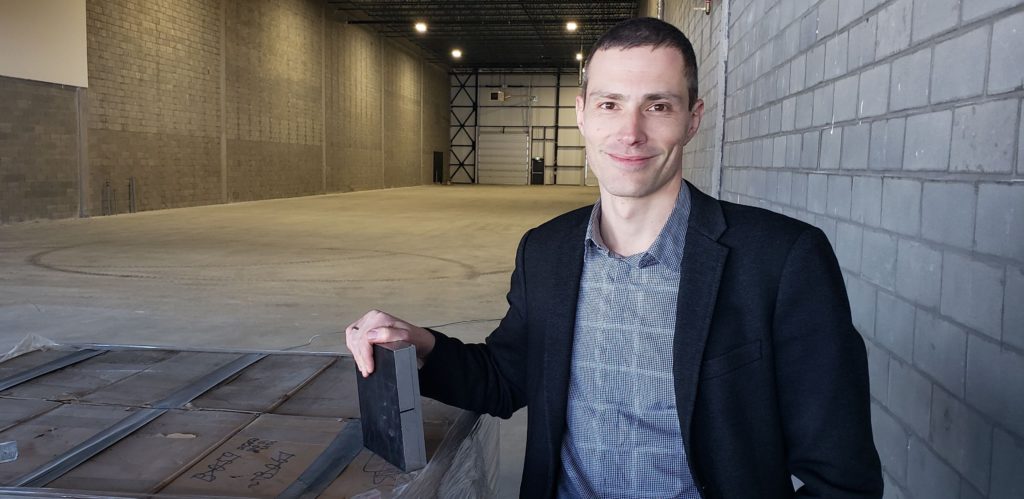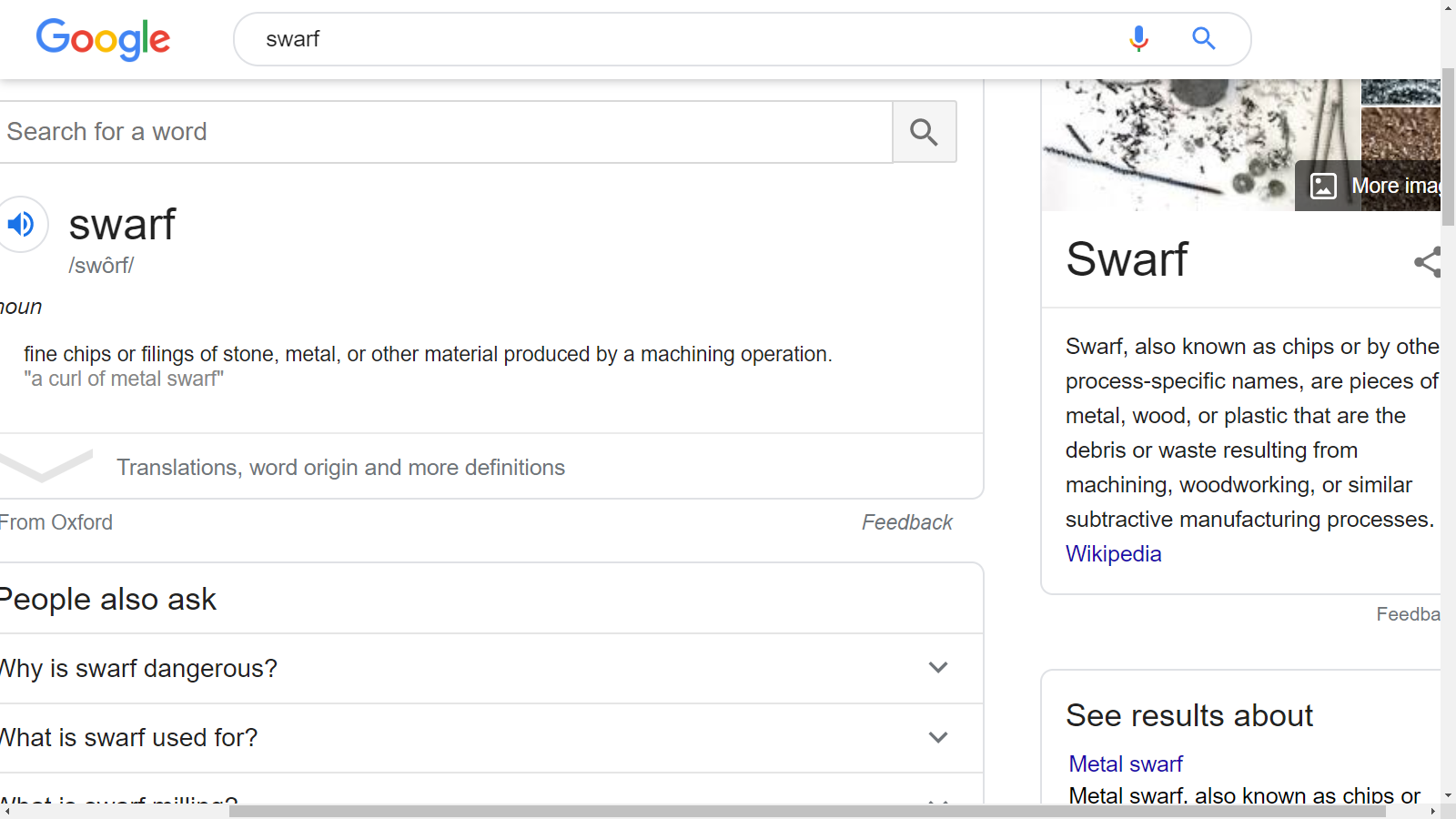Second interview with Kevin Price, Price of Business Show, and Kiril Mugerman
“China’s production of critical minerals from raw materials has come at a high cost to the environment,” says Kiril Mugerman, President, Geomega Resources. “Now e-waste is being recycled using the same polluting technologies. It is important to provide a cleaner solution to both primary ores and recycling. Just because recycling is helping to avoid unnecessary mining, it doesn’t mean that we need to recycle using an old, dirty process that harms the environment.”

























